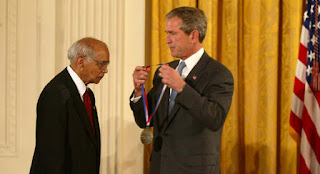MATHS IN DAILY LIFE
When am I ever going to use this?
Variations of this question have echoed through the halls of math classrooms everywhere. Struggling students often become frustrated with complex math problems and quickly give in to the notion that they will never use math in “real life” situations. While it may be true that some of the more abstract mathematical concepts rarely come into play, the underlying skills developed in high school math classrooms resonate throughout a student’s lifetime and often resurface to help solve various real world or work-related problems sometimes years down the line.
Figuring the total amount of bags of concrete needed for a slab, accurately measuring lengths, widths, and angles, and estimating project costs are just a few of the many cases in which math is necessary in real life home improvement projects.
Calculating price per unit, weighing produce, figuring percentage discounts, and estimating the final price are all great ways to include the whole family in the shopping experience.
Encourage your students to play math challenges at the grocery store with their family by attempting to estimate the total cost of all groceries prior to checkout. The difficulty can be increased by incorporating coupons, sales, and adjusted pricing for bulk items. Your little bargain shoppers will thank you later when they’re saving money on their own groceries.
3.
More math can be found in the kitchen than anywhere else in the house. Cooking and baking are sciences all their own and can be some of the most rewarding (and delicious) ways of introducing children to mathematics. After all, recipes are really just mathematical algorithms or self-contained step-by-step sets of operations to be performed.
The proof is in the pudding!
Working in the kitchen requires a wide range of mathematical knowledge, including but not limited to:- measuring ingredients to follow a recipe
- multiplying / dividing fractions to account for more or less than a single batch
- converting a recipe from Celsius to Fahrenheit
- converting a recipe from metric (mL) to US standard units (teaspoon, tablespoon, cups)
- calculating cooking time per each item and adjusting accordingly
- calculating pounds per hour of required cooking time
- understanding ratios and proportions, particularly in baking (ex. the recipe calls for 1 egg and 2 cups of flour, then the ratio of eggs to flour is 1:2).
Taken from https://www.thinkthroughmath.com/math-real-life-examples/













